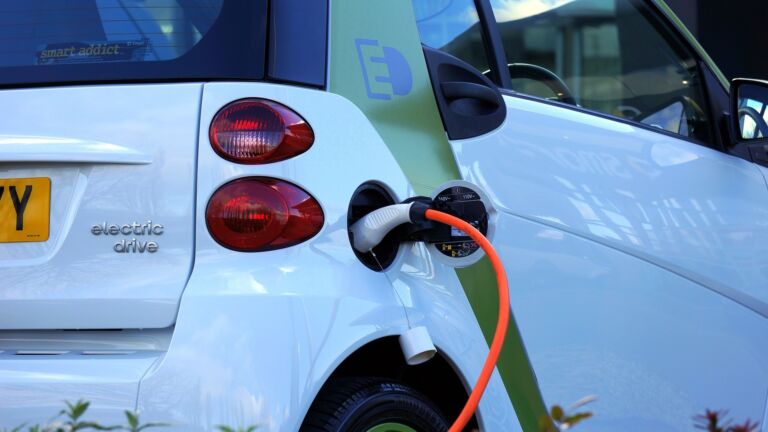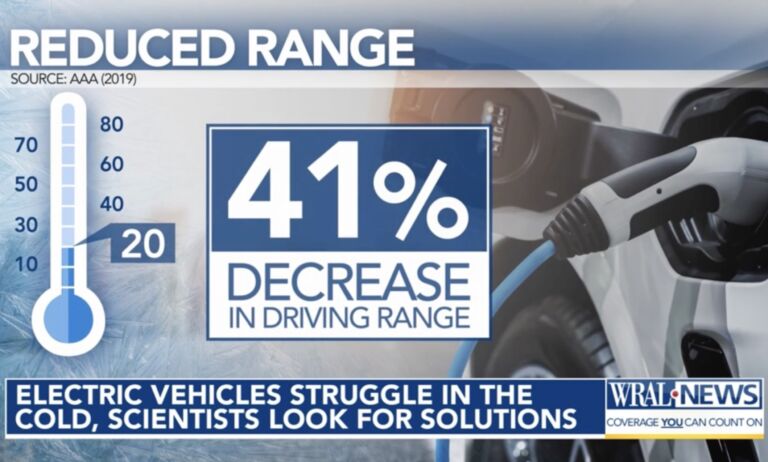As employers – largely in the service sector – continue to struggle to find willing workers, much of the blame is being placed on the extended, supplementary federal unemployment benefits. Why return to work when you can receive as much, or nearly as much, for remaining unemployed?
One opposing explanation says that rather than the unemployment benefits encouraging people to stay home, it is a lack of access to childcare preventing people from returning to work. Sounds somewhat plausible, but has that really had an impact keeping unemployment stubbornly high?
A new research paper released by the National Bureau of Economic Research suggests the answer is no.
The paper finds that “in general, mothers with young children have experienced a larger decline in employment, as compared
(unconditionally) with other adults, including fathers,” during the economic shutdowns and subsequent slowdown over the past year and a half. From there, the paper seeks to determine “how much of the aggregate employment deficit in early 2021 can be explained by parent-specific issues, such as childcare struggles.”
The paper strongly suggests that a lack of childcare options accounts for at most a “negligible share” of the ongoing aggregate unemployment, and further notes that challenges like school closures and low childcare access “do not appear to be a meaningful driver of the slow employment recovery.” The study concludes that “nearly all of the aggregate ongoing employment deficit is explained by factors that affect workers more broadly, as opposed to challenges specific to working parents.”
In sum: a lack of childcare options has little, if any, detectable impact on the current unemployment picture. Other factors, such as the boosted unemployment benefits, explain “nearly all” of the lingering unemployment.


